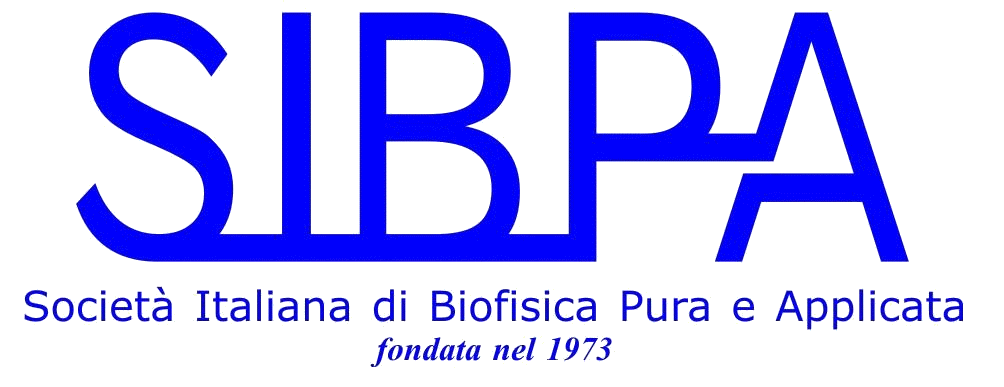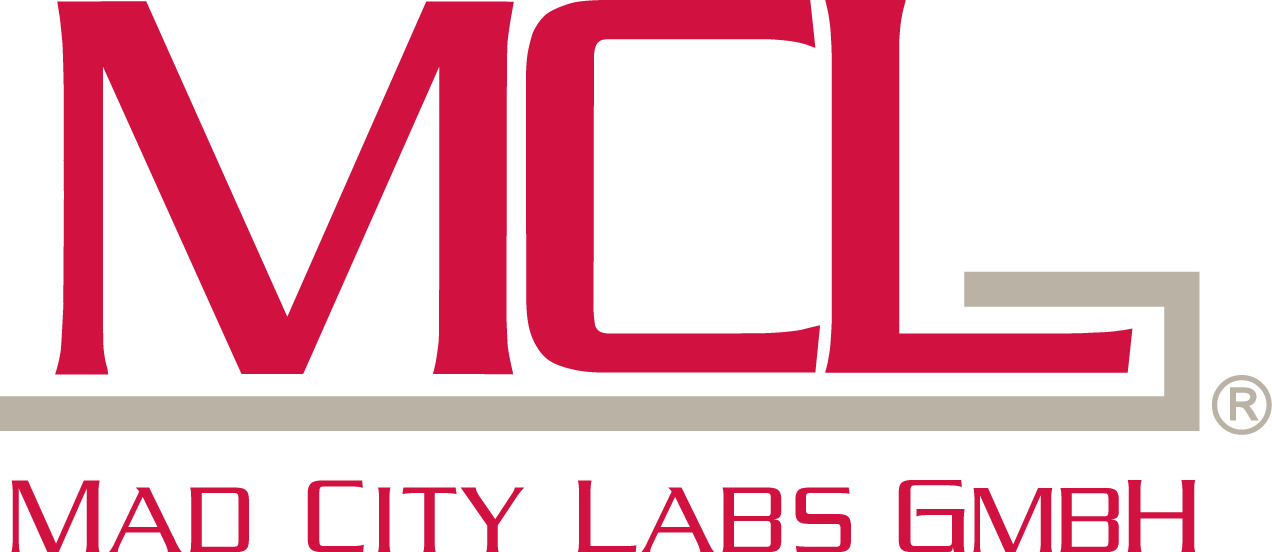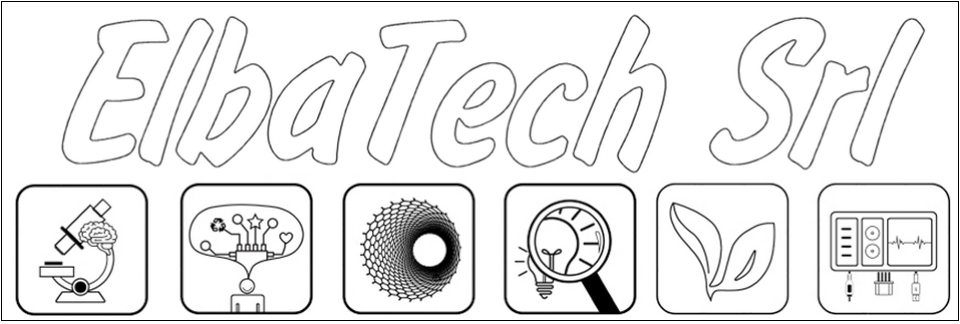By train
The Camogli S.Fruttuoso station is 2 minutes walk from the Hotel and directly connected to
the national railway network. Find timetables and connections at the Trenitalia website
By car
Have a look at the directions provided by the Hotel or follow any navigation system. The Hotel Cenobio dei Dogi provides free parking for all attendees staying at the Hotel.
By plane
The nearest airport is Genova Cristoforo Colombo, which is internationally connected to Paris (Air France), Munich (Lufthansa), London (Ryanair and BA), Barcelona (Flyvalan), Bruxelles (Flyvalan), Amsterdam (KLM), Zurich (Flyvalan) and nationally to the international hub Fiumicino in Rome. The airport is connected via a shuttle service to the Genova Brignole train station (volabus, check the timetable) where a train to Camogli departs every half an hour (timetable and tickets).















